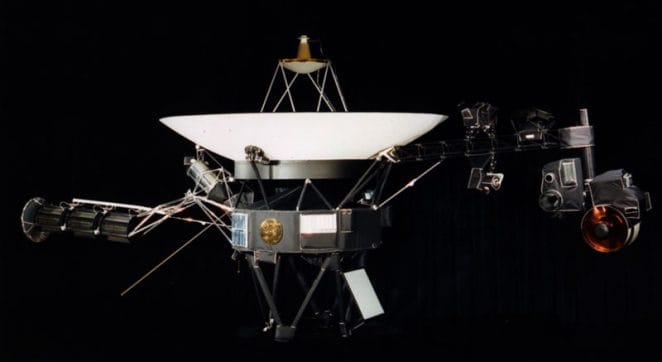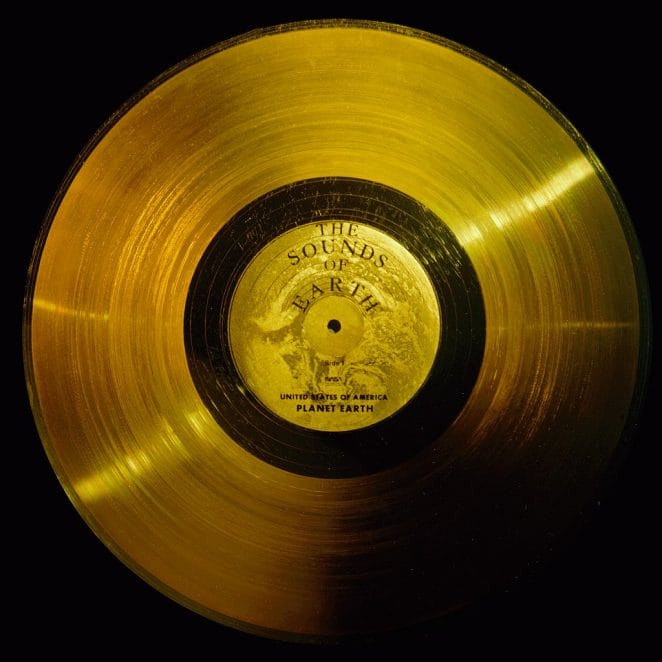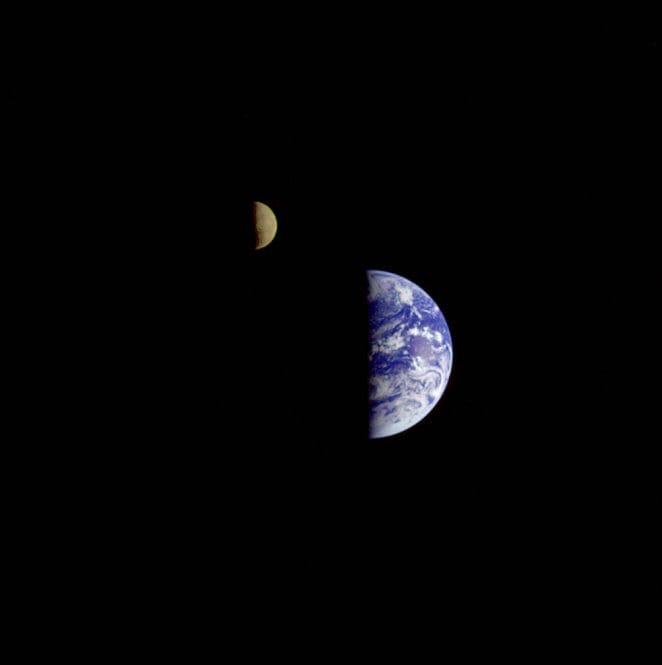The history of space exploration is an enthralling one. Humans have been pushing the boundaries of space travel from the dawn of time, inspired by Captain James T. Kirk’s words, “Space: the final frontier.” Humanity has been traveling to space for just over 60 years. With the launch of the first satellite, Sputnik 1, on October 4th, 1957, the first human spaceflight, Yuri Gagarin, on April 12th, 1961, the first manned moon landing, Apollo 11, on July 20th, 1969, and the first people to walk on the moon, Apollo 11, again on July 20th, 1969, humanity has travelled farther into space than any other species in the history of life on Earth.


The Furthest Man-Made Object from Earth
NASA’s Voyager 1 spacecraft, launched on September 5, 1977, is the most distant man-made object from Earth, and it is continuously transmitting data about the Solar System’s boundary. Voyager 1 is equipped with greetings and a Golden Record of Earth sounds and music in case it is discovered by an intelligent life form.


Did You Know?
- Voyager 1 and its sister craft, Voyager 2, are space probes that were launched in 1977 to explore the solar system and have remained in space for nearly 44 years.
- The Golden Record, which contains 115 selected images and a range of natural sounds created by surf, wind, and thunder, as well as birds, whales, and other animals, was carried by Voyager 1. They supplemented this with musical selections from many cultures and times, verbal greetings from Earth-people in fifty-five languages, and printed words from President Carter and United Nations Secretary General Waldheim.
- The Voyager 1 spacecraft detected a thin ring around Jupiter as well as two new Jovian moons, Thebe and Metis, in 1979.
- Voyager 1 discovered five new moons and a new ring called the G-ring on Saturn.
- On August 25, 2012, the Voyager 1 crossed the heliosphere (limit where forces from beyond our solar system outweigh those from our Sun) and reached interstellar space, making it the first human-made object to venture into interstellar space.
- Voyager 1 and 2 studied all of our solar system’s main planets, Jupiter, Saturn, Uranus, and Neptune, as well as 48 of their moons and the planets’ distinctive system of rings and magnetic fields.
- According to current projections, Voyager 1 will maintain its current set of scientific sensors until at least 2021. Because of the dwindling amount of electrical power available, engineers anticipate the spacecraft will be able to operate at least one science instrument until roughly 2025.
Sources:Wikipedia, Wikipedia, The Business Year, Bayut, HWW, Sinnissippi Audubon





GIPHY App Key not set. Please check settings